Choosing the Right Pest Control Professional

Pests are unwelcome guests that can disrupt our lives and homes. Whether it’s ants in the kitchen, termites in the walls, or rodents in the attic, dealing with pests is a common challenge for homeowners. In this comprehensive guide, we’ll explore the world of pest control, from understanding common household pests to recognizing the signs of infestations. We’ll also discuss the factors that influence pest control costs and provide insights on how to choose the right pest control professional.
Types of Most Common Household Pests
Household pests come in various forms, and each has its unique characteristics and challenges. Here are some of the most common household pests:
1. Ants
Appearance: Ants are small insects with segmented bodies and six legs. They come in various colors, including black, brown, and red.
Habits: Ants are social insects that live in colonies. They are attracted to sugary substances and food crumbs. Common ant species include carpenter ants, odorous house ants, and pavement ants.
Challenges: Ants can quickly infest your kitchen and pantry, contaminating food and creating unsightly trails.
2. Roaches
Appearance: Roaches are flat, oval-shaped insects with long antennae. They are typically brown or black.
Habits: Roaches are nocturnal pests that hide in dark, damp places during the day and come out at night to feed on food scraps and organic matter. Common species include German cockroaches and American cockroaches.
Challenges: Roaches are known carriers of diseases and can trigger allergies. Their presence can be a sign of unsanitary conditions.
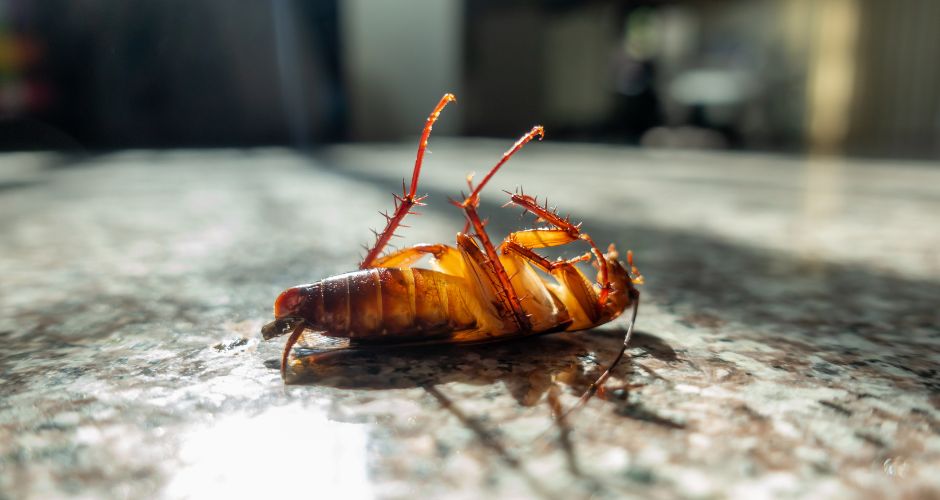
Must Visit – 🪳 Cockroach Infestations – Signs, Risks, and Solutions
3. Rodents (Mice and Rats)
Appearance: Mice are small rodents with furry bodies and long tails, while rats are larger and heavier.
Habits: Rodents are excellent climbers and can squeeze through tiny openings. They are notorious for gnawing on electrical wires and causing structural damage.
Challenges: Mice and rats can contaminate food, spread diseases, and reproduce rapidly, leading to large infestations if not addressed promptly.
4. Termites
Appearance: Termites are small, pale insects with soft bodies. They are often mistaken for ants.
Habits: Termites feed on cellulose-based materials like wood and paper. They live in underground colonies and can cause extensive structural damage to homes.
Challenges: Termite infestations can be challenging to detect until significant damage has occurred, making regular inspections crucial.
5. Bedbugs
Appearance: Bedbugs are small, flat, reddish-brown insects with oval-shaped bodies.
Habits: Bedbugs feed on the blood of humans and animals while they sleep. They hide in cracks, crevices, and bedding during the day and emerge at night to feed.
Challenges: Bedbug bites can cause itching and discomfort. Infestations can spread rapidly and are challenging to eliminate without professional help.
These are just a few examples of common household pests that homeowners may encounter. Identifying the type of pest and understanding their behavior is essential for effective pest control and prevention. Early detection and timely action can help keep your home pest-free and comfortable.
Signs of a Pest Infestation by insects
Recognizing the signs of a pest infestation early is crucial for effective pest control and preventing further damage. Here are common signs that indicate the presence of pests in your home or property:
- Droppings or Fecal Matter: Finding small pellets or droppings in and around your home can be a clear sign of pest activity. The appearance and size of the droppings can vary depending on the type of pest, but they are typically small and often resemble grains of rice or black specks.
- Unusual Odors: Pests can emit unpleasant odors. If you notice strange or foul smells in certain areas of your home, it could be a sign of pest infestations. For example, rodents may leave a musky scent, while bedbugs can produce a sweet, musty odor.
- Noises: Unusual sounds, such as scratching, scurrying, or gnawing noises in walls, ceilings, or attics, are often indicative of pest activity. These sounds are most commonly associated with rodents like mice and rats.
- Visible Pest Activity: Observing pests themselves is an obvious sign of an infestation. Common pests like ants, roaches, and rodents may be seen crawling or moving around your property, especially during nighttime.
- Nesting Materials: The discovery of nesting materials, such as shredded paper, fabric, or insulation, can indicate the presence of pests. Many pests create nests to live and reproduce.
- Damage to Property: Damage to your property can be a sign of certain pests. For example, chewed wiring may suggest rodent activity, while wood damage may indicate a termite infestation.
- Gnaw Marks: Pests like rodents have strong teeth and may leave gnaw marks on objects such as food containers, wires, and furniture.

- Bite Marks or Skin Irritations: Bites or skin irritations on occupants can be a sign of pests like bedbugs. Look for small, itchy, red welts on your skin, especially after sleeping.
- Holes and Entry Points: Check for holes or gaps in walls, ceilings, floors, and foundation that could serve as entry points for pests. Pests may create or enlarge openings to access your property.
- Nesting Sites: Pest nests can be found in hidden or less-frequented areas of your property. Check areas like attics, basements, crawl spaces, and storage areas for nests or pest activity.
- Food and Pantry Damage: If you find damaged food packaging, chewed containers, or signs of food contamination in your pantry or kitchen, it may indicate the presence of pests like rodents or pantry pests.
- Unexplained Allergies or Health Issues: Unexplained allergies or health issues, such as respiratory problems or skin rashes, can sometimes be linked to pest infestations. Consult a healthcare professional if you suspect health issues related to pests.
- Increased Pest Activity During Specific Seasons: Some pests are more active during certain seasons. For example, ants and flies may become more prevalent in warmer months, while rodents seek shelter indoors during colder weather.
It’s essential to address pest infestations promptly to prevent property damage, health risks, and further pest proliferation. If you suspect a pest infestation based on these signs, consider contacting a pest control professional for a thorough inspection and appropriate treatment. Early intervention can save you time, money, and stress in the long run.
Types of Pest Control Services
- Residential Pest Control: This service is tailored to homeowners and focuses on preventing and treating pest infestations in residential properties. It includes the management of common household pests like ants, roaches, rodents, termites, bedbugs, and more.
- Commercial Pest Control: Commercial pest control is designed for businesses, including restaurants, hotels, offices, and warehouses. It aims to protect commercial properties from pests that could harm the business’s reputation and operations.
- Integrated Pest Management (IPM): IPM is a comprehensive and environmentally responsible approach to pest management. It combines various strategies, including prevention, monitoring, and targeted treatments, to minimize pest damage while reducing the use of pesticides.
- Termite Control: Termite control services specifically address termite infestations. This includes inspections, monitoring, baiting systems, and chemical treatments to protect structures from termite damage.
- Bedbug Extermination: Bedbug extermination services focus on identifying and eliminating bedbug infestations in homes, hotels, and other accommodations. Techniques may include heat treatments, chemical applications, and thorough inspections.
- Rodent Control: Rodent control services target mice and rats. These services often involve setting traps, sealing entry points, and implementing preventative measures to keep rodents out.
- Insect Control: Insect control services are broad and cover a range of insects, including ants, roaches, spiders, and more. Treatment methods vary depending on the type of insect and the extent of the infestation.
- Bird Control: Bird control services help manage pest bird populations, such as pigeons and seagulls, which can cause property damage and health hazards. Techniques include bird netting, spikes, and repellents.
- Wildlife Removal: Wildlife removal services focus on the humane removal and relocation of nuisance wildlife, such as raccoons, squirrels, skunks, and bats, that have entered homes or businesses.
- Eco-Friendly and Organic Pest Control: For those concerned about the environmental impact of traditional pesticides, eco-friendly and organic pest control services use natural and non-toxic methods to manage pests.
- Fumigation Services: Fumigation is a method used for severe infestations and involves sealing the property and introducing a gas or fumigant to eradicate pests like termites, bedbugs, or stored product pests.
- Preventative Pest Control: Preventative pest control services focus on regular inspections and treatments to prevent pest infestations before they occur. This proactive approach can save homeowners and businesses from costly infestations.
- Emergency Pest Control: Emergency pest control services provide immediate assistance for severe infestations or urgent situations, such as stinging insect nests or dangerous wildlife on the property.
- Pest Inspections: Pest inspection services involve thorough assessments of properties to identify existing or potential pest issues. Inspections are often recommended before buying or selling a property.
- Follow-Up Services: After an initial treatment, follow-up services ensure that the pest problem has been fully resolved. It may involve additional treatments or monitoring to prevent reinfestations.
Choosing the right type of pest control service depends on the specific pest problem, the type of property, and individual preferences for pest management methods, including eco-friendly options.
You may like – How to Organize a Move Checklist 📋
How Much Does Pest Control Services Cost
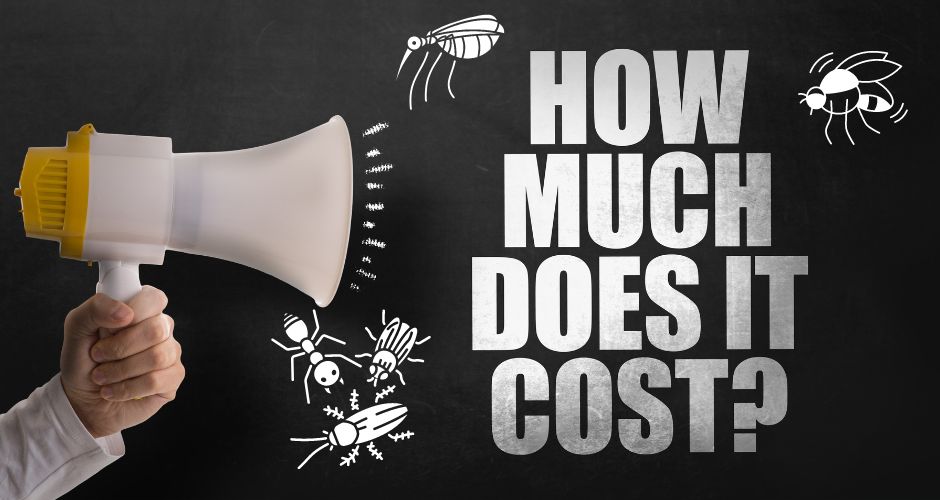
The cost of pest control can vary significantly depending on several factors, including the type of pest, the severity of the infestation, the size of the property, the region or location, the type of treatment required, and whether you choose to do it yourself or hire a professional pest control service. Here’s a breakdown of how much does it cost to get pest control considerations:
- Type of Pest: The type of pest you’re dealing with can impact the cost. Common pests like ants and roaches may have lower treatment costs compared to more challenging pests like termites or bedbugs.
- Severity of Infestation: The extent of the pest infestation can influence the cost. Larger infestations may require more time, effort, and resources to eliminate, resulting in higher costs.
- Property Size: The size of your property or the area that needs treatment will affect the cost. Larger properties typically require more treatment materials and labor, which can increase the overall cost.
- Type of Treatment: The treatment method chosen can significantly impact the cost. For example, chemical treatments may be less expensive than heat treatments, but eco-friendly or organic pest control options might be pricier.
- Service Frequency: Some pest control services offer one-time treatments, while others provide ongoing pest management plans. Regular service contracts may have higher upfront costs but can be cost-effective in the long run for preventing recurring infestations.
- Location: Regional differences can affect pricing. Pest control costs can vary based on the prevalence of certain pests in your area, as well as local regulations and market competition.
- DIY vs. Professional Costs: Doing pest control yourself with store-bought products may be cheaper initially, but it might not be as effective as professional treatments. Professional services often provide more comprehensive solutions but come with a higher upfront cost.
- Type of Pest Control Company: Different pest control companies may have varying pricing structures and service offerings. It’s essential to obtain multiple quotes and compare services before making a decision.
To provide a rough estimate, here are some cost ranges for common pest control scenarios:
- Ants or Roaches: $100 to $300 for a one-time treatment.
- Rodents: $150 to $500 or more for initial service, with ongoing maintenance fees.
- Termites: $500 to $3,000 or more for termite treatment, depending on the method and extent of damage.
- Bedbugs: $300 to $5,000 or more, depending on the level of infestation and the treatment method.
- General Pest Control: Ongoing pest management plans may range from $30 to $100 per month.
Keep in mind that these are approximate cost ranges, and actual prices may vary based on your specific circumstances. It’s advisable to contact local pest control companies for customized quotes based on your pest problem and needs. Additionally, many pest control companies offer free inspections and estimates, so take advantage of these services to get an accurate assessment of the cost.
How to Choose the Right Pest Control Professional
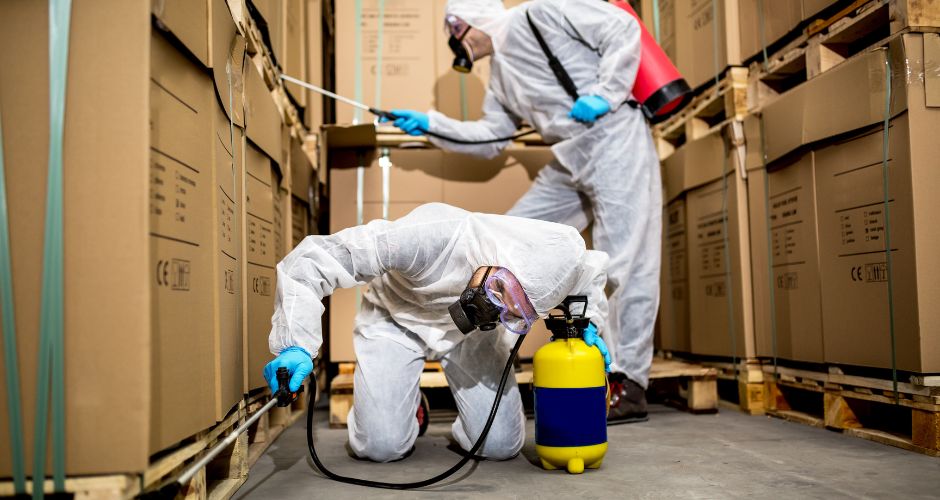
Choosing the right pest control professional is crucial to effectively address pest issues in your home or business. Here are steps and considerations to help you make an informed decision:
- Identify Your Pest Problem: Before contacting a pest control professional, identify the type of pest you’re dealing with and the extent of the infestation. This information will help the pest control expert assess your needs accurately.
- Ask for Recommendations: Seek recommendations from friends, family, neighbors, or colleagues who have had positive experiences with pest control services. Personal referrals can provide valuable insights.
- Check Credentials: Verify that the pest control professional is licensed and insured. Licensing requirements vary by location, so ensure they meet the regulations in your area. Insurance provides protection in case of accidents or damages during the treatment.
- Research Pest Control Companies: Conduct online research to find local pest control companies. Visit their websites to learn about their services, expertise, and customer reviews. Look for established companies with a good reputation.
- Request Multiple Quotes: Contact several pest control companies to request quotes or estimates. Be prepared to provide details about your pest problem, such as the type of pest, infestation severity, and property size.
- Ask Questions During the Initial Contact: When speaking with pest control professionals, ask questions to assess their knowledge and professionalism:
- What is the specific treatment plan for my pest problem?
- Are the treatment methods safe for pets and children?
- What is the expected timeline for treatment and follow-up visits?
- Do you offer guarantees or warranties for your services?
- Are there any preparation steps required before treatment?
- What are the potential risks and precautions for the chosen treatment?
- Evaluate Experience and Expertise: Inquire about the pest control company’s experience in dealing with your specific pest issue. Some pests may require specialized knowledge and treatment methods.
- Check for Eco-Friendly Options: If you have environmental concerns or prefer eco-friendly solutions, inquire about the pest control company’s use of non-toxic or green treatment options.
- Request References: Ask for references from past customers who had similar pest problems. Contact these references to inquire about their experiences with the pest control company.
- Review the Contract: Carefully read and understand the terms of the pest control contract. Pay attention to the scope of services, costs, payment terms, guarantees, and any cancellation policies.
- Compare Quotes and Services: Compare the quotes and services offered by different pest control companies. Consider not only the cost but also the thoroughness of the treatment plan and the company’s reputation.
- Consider Ongoing Maintenance: If you are dealing with a recurring pest issue, inquire about ongoing pest management plans. Assess the costs and benefits of these plans for long-term pest prevention.
- Trust Your Instincts: Ultimately, choose a pest control professional you feel comfortable with. Trust your instincts regarding their professionalism, responsiveness, and willingness to address your concerns.
- Check for Pest Control Associations: Some pest control professionals may be members of industry associations like the National Pest Management Association (NPMA). Membership can indicate a commitment to professional standards.
- Ask About Safety Precautions: Ensure that the chosen pest control company follows safety protocols to protect you, your family, and your pets during the treatment process.
Remember that pest control is an essential service for maintaining a healthy and pest-free environment. Take your time to make an informed decision, and don’t rush into choosing a pest control professional. A reputable and experienced pest control expert will work with you to effectively address your pest problem and provide peace of mind.

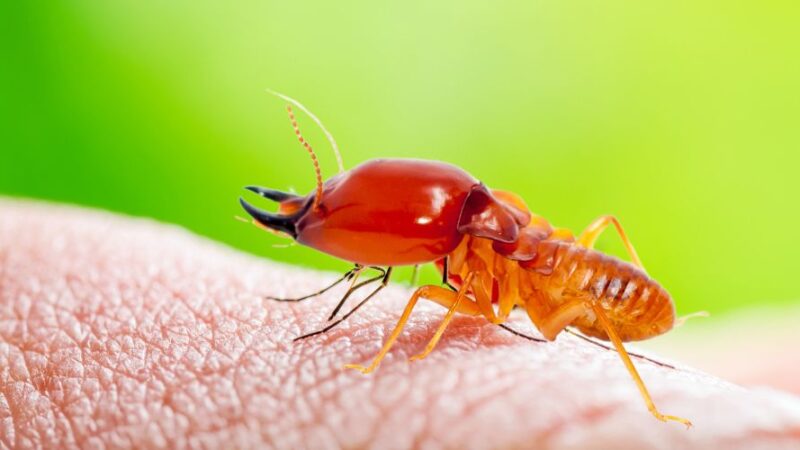
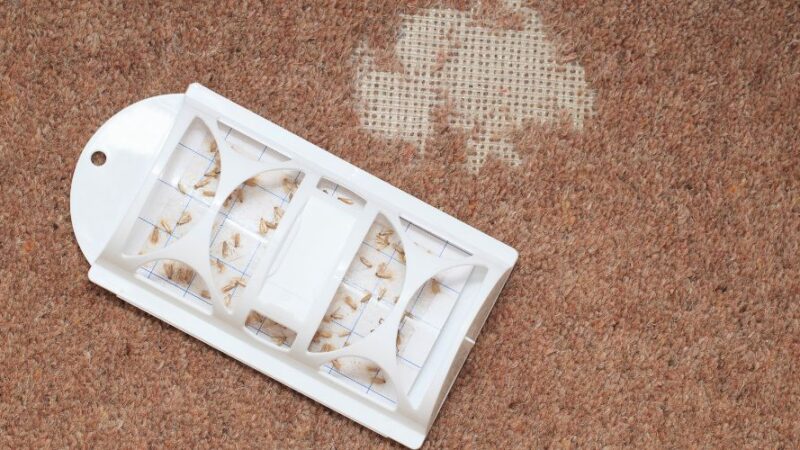

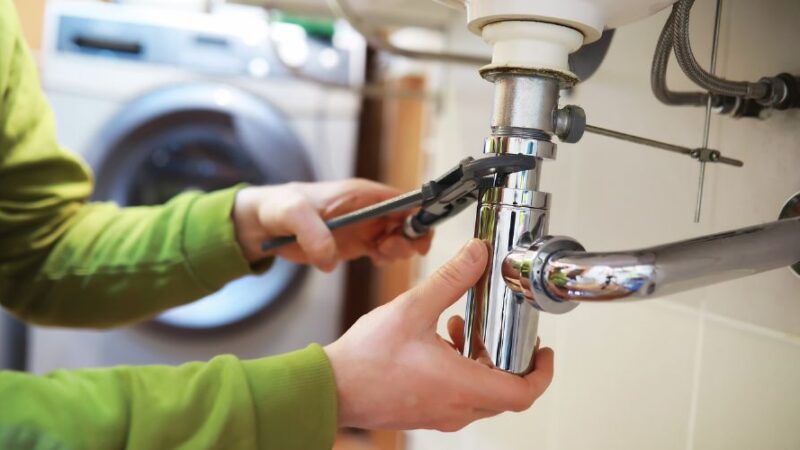
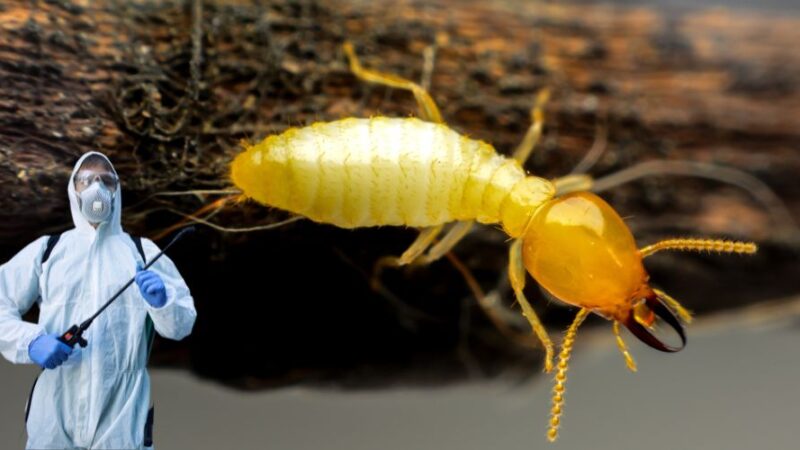
7 thoughts on “Choosing the Right Pest Control Professional”